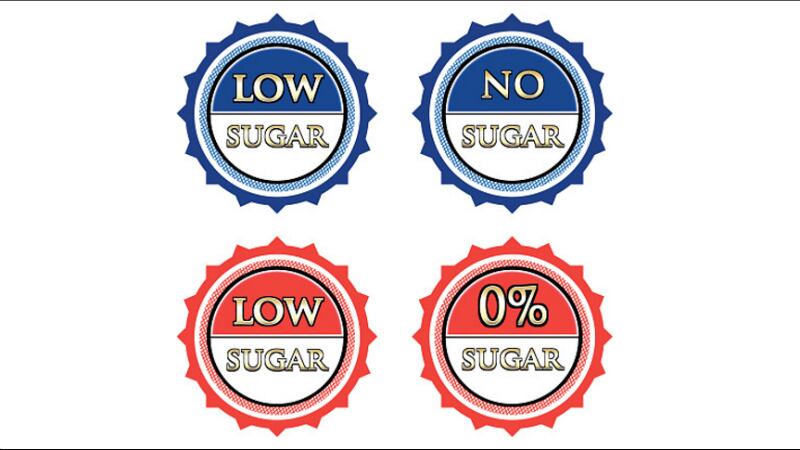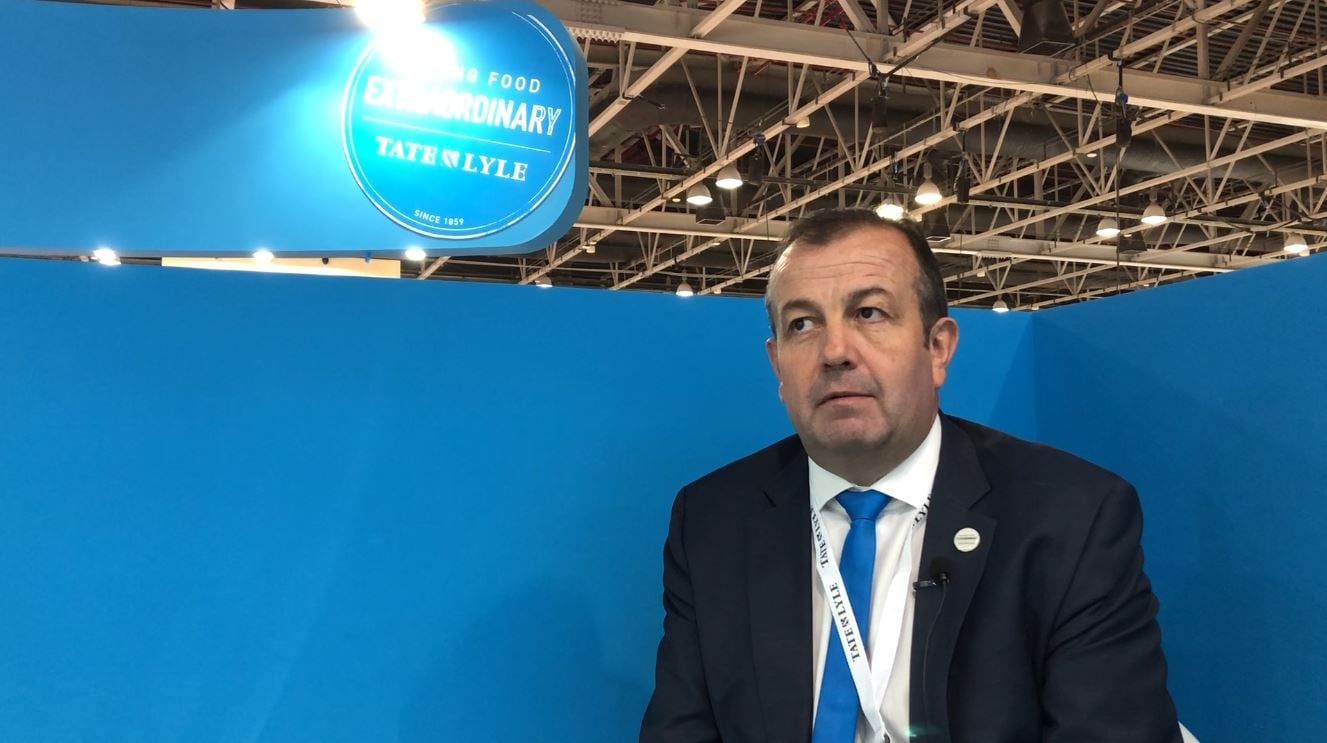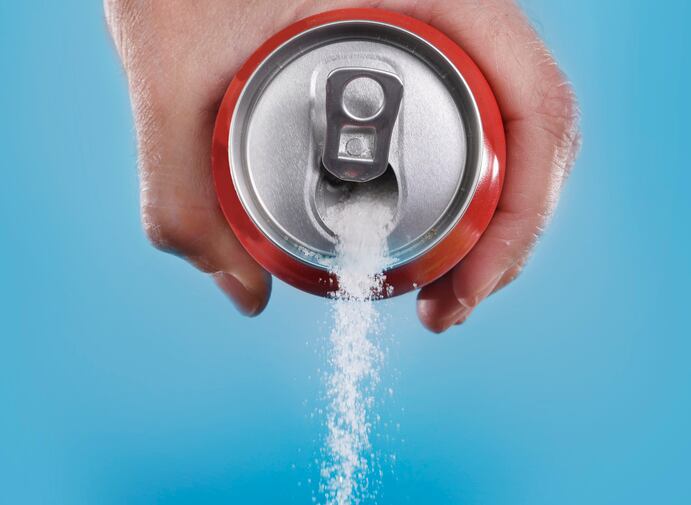The new regulations were announced via a formal notice on the MFDS website, and was officiated by an MFDS Director who was not named.
“[This notice serves as the] Enforcement Decree of the Korea Food Labelling and Advertising Act, [so as] to protect consumers from improper labelling or advertising, and to promote public health,” said the director.
Sugar was a key point of focus in the tightened regulations. ‘Low’ or ‘no’ claims are no longer allowed, except under strict conditions: less than 5g per 100g or less than 2.5g per 100ml of food for ‘low-sugar’ claims, and less than 0.5g per 100g or 100ml of food for ‘no-sugar’ claims.
“[These claims] can be used only when the content of [sugar] is lowered or removed through the manufacturing and processing process in accordance with Korea’s detailed labeling standards of nutritional content,” said MFDS.
Terms such as ‘natural sugar’ have also been disallowed for being misleading, whereas products with sugars present in the form of oligosaccharides will need to state the names and contents of all mixed oligosaccharides.
Sweeteners have not been spared either – more specific labelling of these have also been dictated in the new regulations, under the section discussing food additives.
“Food additives [added directly] in food manufacturing and processing added should be labelled with their name and use, for example: Saccharin Sodium (sweetener),” said MFDS.
In addition, several other forms of ‘negative content’ claims have been prohibited, and listed under the section discussing fraudulent labelling and advertising.
These include when a product claims not to contain a particular ingredient, but actually does; or when it claims to ‘not contain [certain] chemicals’, as is considered to be overly vague and general.
“[Also], attempting to overstate the absence of certain ingredients or nutrients is not allowed. [These could include] negative content claims for ingredients that have already been prohibited by the government, or stating [a product] ‘does not contain Nutrient A’, as this could cause misunderstandings, [such as if] the consumer misses the word ‘not’,” added MFDS.
Other regulations
A big focal point of this standards update is to provide clarity, as can be seen with the additional banning of claims that a product ‘conforms to regulations and standards for hazardous substances’ such as ‘this kimchi meets pesticide standards’.
“Labels and advertisements that emphasise the fact that they conform to standards and standards [could lead to a situation where] other products are perceived as relatively noncompliant,” said MFDS.
Pictorial representations of natural raw ingredients are also not allowed to be used to describe a synthetic ingredient, such as using a picture of a chicken on a flavouring when the flavouring is chemically-derived.
The use of big word or terms that are not scientifically validated have also been banned, to prevent consumers from assuming that these are ‘superior’ due to the use of such terms.
“Labels and advertisements that mislead or confuse consumers that products are superior to other products by using terms that do not have sufficient objective and scientific evidence [are not allowed], for example ‘Superfood’,” said MFSI.





